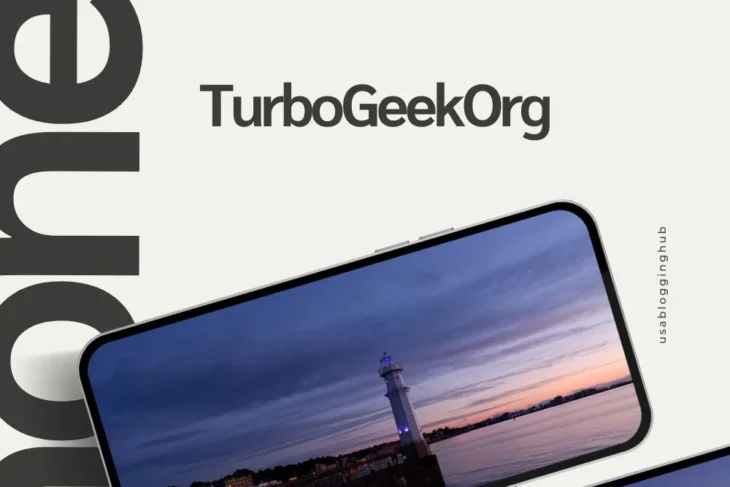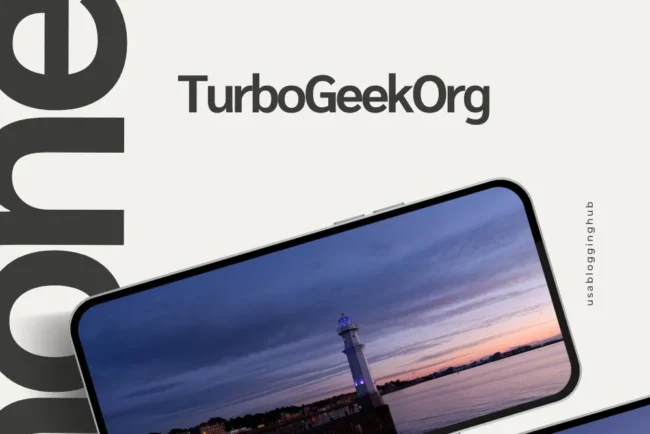
Peñiculs: Understanding Their Cultural and Cinematic Importance
Peñiculs have become a fascinating subject for many art and culture enthusiasts. Whether they are seen in traditional art forms or as part of the modern entertainment world, peñiculs hold significant value. In this article, we will explore what peñiculs are, their cultural history, how they are used in cinema, and why they continue to be relevant today.

What Are Peñiculs?
The term “peñiculs” can mean different things depending on the context, but it generally refers to items or objects that hold cultural, artistic, or symbolic value. In ancient times, peñiculs were associated with objects like sculptures, art pieces, or relics that had deep cultural importance. Over time, the meaning of peñiculs has expanded, and today, it can include modern objects, symbols, and even ideas represented in various forms of media, especially films.
History and Cultural Importance of Peñiculs
Traditional Origins
Peñiculs have deep roots in history. They can be traced back to different civilizations, where these objects were not just art but also symbols of cultural identity. For example, ancient Egyptian peñiculs were often used in temples and tombs, representing their gods and beliefs. Similarly, in Roman and Greek times, peñiculs represented powerful figures or events in the form of statues or paintings.
Modern Relevance
Today, peñiculs are not confined to historical artifacts. They have evolved into symbols that reflect modern culture. In fashion, peñiculs can be seen as signature patterns or iconic designs that define certain eras or designers. In art, peñiculs are represented in visual pieces, such as installations and digital media.
Peñiculs in Modern Cinema
Peñiculs have also found a significant place in modern cinema. Filmmakers use peñiculs as symbols to tell deeper stories. For example, movies like Federico Fellini’s “8½” and Terry Gilliam’s “Brazil” are known for their use of surreal, symbolic imagery, which can be considered cinematic peñiculs.
Symbolism in Cinema
These films often feature objects, scenes, or visual elements that carry symbolic meaning beyond their literal interpretation. Peñiculs in these films may represent internal conflicts, societal critiques, or philosophical ideas. The rich layers of meaning attached to these objects make them stand out in cinematic storytelling.
Continued Use in Modern Films
In addition to classic cinema, modern filmmakers continue to use peñiculs in their work. They help to create a unique visual language that engages the audience on a symbolic level. Some filmmakers use peñiculs to express emotions or ideas that go beyond the script, giving viewers a deeper experience.
Traditional vs. Modern Peñiculs
Traditional Peñiculs
When we look at peñiculs, it is important to distinguish between traditional and modern forms. Traditional peñiculs were more focused on physical objects, like statues, artifacts, and art pieces. These peñiculs were often tied to cultural or religious beliefs and were passed down through generations.
Modern Peñiculs
On the other hand, modern peñiculs are often more abstract and can be found in digital media, fashion, or even social media trends. For example, in the digital age, memes can sometimes act as peñiculs, carrying symbolic meanings that resonate with certain cultures or groups.
Purpose of Peñiculs
Both traditional and modern peñiculs reflect the values, beliefs, and ideas of their time. They may differ in form, but their underlying purpose remains the same—to convey something deeper than what is visible on the surface.
How Peñiculs Affect Modern Culture
Cultural Influence
In today’s world, peñiculs are not just reserved for history books or museums. They play a large role in shaping modern culture. Fashion designers often look to traditional peñiculs for inspiration, incorporating cultural symbols into their work. This has given rise to trends where specific designs or patterns become iconic, representing entire generations or movements.
Art and Digital Media
In art, peñiculs have found new life through digital media. Artists now use virtual tools to create symbolic images that reflect modern-day concerns. These digital peñiculs can be seen in online galleries or social media, giving them a broader reach.
Digital Wellness and Media
Even in digital wellness or interactive media, peñiculs have emerged as a means of communication. In video games or virtual reality, symbolic objects or themes serve as peñiculs that engage the players on a deeper level.
The Future of Peñiculs in Media and Art
Peñiculs are likely to continue shaping media and art in the future. As technology evolves, new forms of peñiculs will emerge in virtual spaces. For example, with the rise of virtual reality and augmented reality, we may see peñiculs become more interactive, allowing viewers or players to engage with symbolic objects in real-time.
Filmmaking and Peñiculs
In the world of filmmaking, peñiculs will continue to play a role in visual storytelling, helping directors convey complex ideas through symbolism. As we move into the future, filmmakers may experiment more with digital peñiculs, creating immersive experiences where symbolic objects can evolve within the story.

FAQs About Peñiculs
What Are Peñiculs in Art?
Peñiculs in art refer to objects or symbols that hold cultural or artistic value. They are often used to represent deeper meanings beyond their visual form.
How Are Peñiculs Used in Movies?
In movies, peñiculs are used as symbols to convey emotions, ideas, or critiques. Filmmakers often use objects, visuals, or scenes to express something more profound than what is shown on screen.
Can Modern Technology Create New Peñiculs?
Yes, with advancements in digital media, new forms of peñiculs have emerged, especially in video games, social media, and virtual reality, where symbolic objects engage audiences on a deeper level.
Conclusion
Peñiculs are not just historical objects or artistic symbols. They are an essential part of our cultural identity and continue to shape modern-day media, art, and society. Whether in traditional forms like sculptures or modern-day digital media, peñiculs serve as a bridge between the past and the future. They help us understand the deeper meanings behind objects, stories, and experiences, making them a valuable part of human expression.
As the world of technology and art continues to evolve, so will peñiculs, ensuring their lasting presence in both cultural history and modern storytelling.













